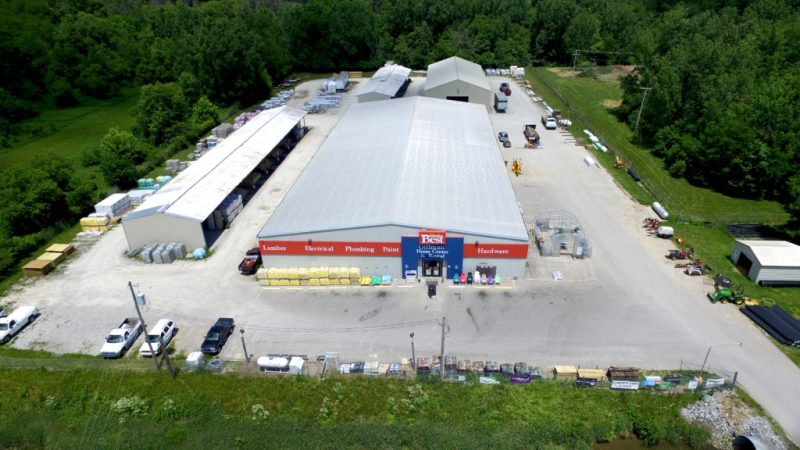Red Light Roundup

In the bustling urban landscape, where the symphony of honks and the rhythm of pedestrians’ footsteps merge seamlessly, traffic signals stand as silent guardians, orchestrating the flow of vehicles and ensuring order amidst the chaos. Among these signals, the red light holds a paramount significance, commanding vehicles to halt, allowing others to proceed safely. But what if the red light could do more than just signal a stop? Welcome to the era of the Red Light Roundup, where innovation meets safety at the crossroads of technology and transportation.
Traditionally, red lights have served a singular purpose: to halt traffic and prevent collisions at intersections. However, with advancements in technology and the emergence of smart cities, the potential of these mundane traffic signals has expanded exponentially. The Red Light Roundup embodies this evolution, transforming the static red light into a multifaceted tool for traffic management, safety enhancement, and even environmental sustainability.
At its core, the Red Light Roundup leverages cutting-edge sensor technology and real-time data analytics to revolutionize the way intersections operate. Gone are the days of fixed timing algorithms that fail to adapt to dynamic traffic patterns. Instead, these intelligent signals utilize a network of sensors embedded in the road infrastructure to monitor vehicular and pedestrian movement in real-time. By continuously analyzing this data stream, the signals can dynamically adjust their timing and sequencing, optimizing traffic flow and minimizing congestion.
One of the most remarkable features of the Red Light Roundup is its ability to prioritize emergency vehicles, ensuring swift passage through intersections during critical moments. By detecting approaching emergency vehicles through GPS or dedicated transponders, the system can preemptively clear a path by extending the green phase or even orchestrating a temporary corridor of open lanes. This capability not only improves emergency response times but also enhances overall road safety by reducing the likelihood of accidents caused by delayed emergency vehicles.
Moreover, the Red Light Roundup isn’t just about optimizing traffic flow; it’s also about enhancing pedestrian safety and mobility. Equipped with advanced pedestrian detection systems, these signals can detect individuals waiting to cross the street and adjust signal timings accordingly, providing them with sufficient time to traverse the intersection safely. Additionally, features such as audible signals and tactile feedback mechanisms cater to the needs of visually impaired pedestrians, ensuring inclusivity in urban transportation infrastructure.
Beyond its immediate impact on traffic management and safety, the Red Light Roundup also holds promise in the realm of environmental sustainability. By minimizing idle time at intersections and reducing stop-and-go traffic patterns, these signals contribute to a significant reduction in greenhouse gas emissions and fuel consumption. Furthermore, by promoting the use of alternative modes of transportation such as cycling and walking through dedicated signal timings and infrastructure, the system encourages a shift towards more sustainable urban mobility solutions.
However, the implementation of the Red Light Roundup isn’t without its challenges and considerations. Privacy concerns regarding the collection and utilization of real-time data must be addressed through robust data protection measures and transparent governance frameworks. Moreover, the integration of such sophisticated technology requires substantial investment in infrastructure and ongoing maintenance to ensure optimal performance and reliability.
Nevertheless, the potential benefits of the Red Light Roundup far outweigh these challenges, offering a glimpse into the future of transportation where safety, efficiency, and sustainability converge seamlessly. As cities continue to evolve and embrace smart infrastructure solutions, the Red Light Roundup serves as a beacon of innovation, illuminating the path towards safer, more livable urban environments.
Conclusion
The Red Light Roundup represents a paradigm shift in the way we perceive and utilize traditional traffic signals. By harnessing the power of technology and data-driven insights, these intelligent signals transcend their conventional role, emerging as dynamic hubs of traffic management, safety enhancement, and environmental stewardship. As we navigate the complexities of urbanization and mobility in the 21st century, the Red Light Roundup stands as a testament to human ingenuity and our collective ability to reimagine the world around us for the better.






